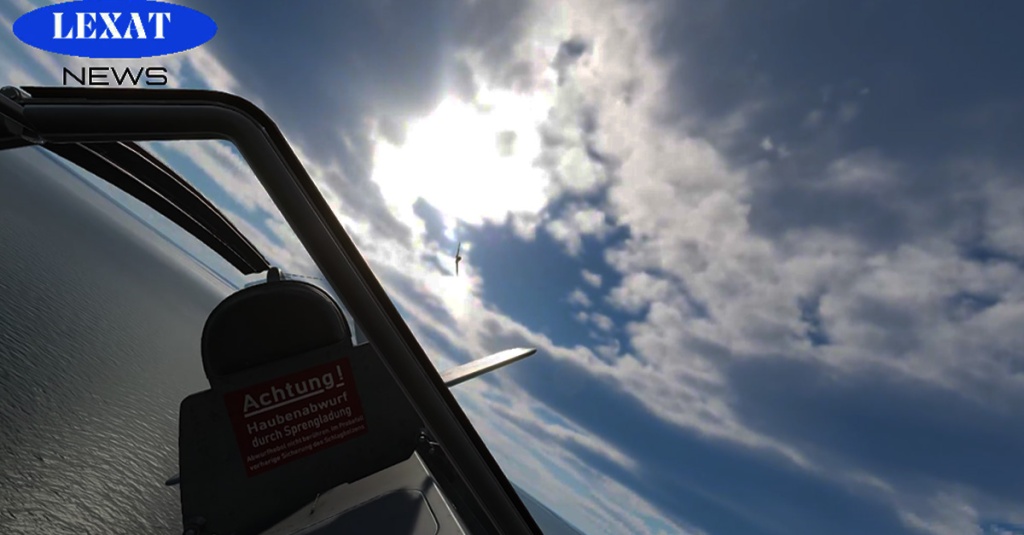Off the coast of Normandy on a rollercoaster down to enemy ship!
Ahoy, fellow flight simmers! Get ready to witness a thrilling adventure as we dive into the captivating world of fighter maneuvers. Picture this: vast oceans, an enemy ship, and daring pilot that would not yield – the perfect recipe for an epic tale that will keep you on the edge of your seat.
In this writing, we’ll explore the excitement and intrigue that comes with war on sea vessels drama. From swashbuckling bombing and rocket attacks on enemy ships to getting jumped by enemy fighters to crashing nose first into the ocean, there’s no shortage of thrilling stories to uncover. So grab your lifejacket and join us as we navigate through the turbulent waters of simulated naval warfare and air battles in DCS. It’s going to be a wild ride!
rocket attack, bombing, enemy fighters, naval warfare, sea battles
The Unexpected Turn: From Attack to Evasion Maneuvers
In the midst of a high-stakes bombing situation, and suddenly, you need to switch gears from offense to defense. How do you navigate this unexpected plot twist with finesse and skill? You unlock your canopy and maintain a very keen situational awareness, and spatial orientation. Sounds simple? Others have struggled and died trying to do them all at once.
The Cat and Mouse Game: Outsmarting the Enemy with low-level attacks.
Most of the time if not all of the time luftwaffe kept on coming against Allied shipping in Normandy. Brazen daylight attacks such as the one recorded were frequent goals to sink or damage ships carrying troops and supplies crucial for the invasion’s success.. The premise of a Spitfire appearing also was a very common occurrence during the war. The constant threat of Spitfire interceptions forced the Luftwaffe to adopt tactics like low-level attacks to avoid radar detection.
The Attack
After I spotted an enemy LST ship, soon after dropping down from 2000 meters with the target within the reference zone (envisioning an imaginary bubble around the canopy that just touches the inner wing-wing root junction all around the cockpit frame), skipping across the waves as I peel off the target with a steady 250kg bomb splashed near the ships port broadside, a huge frothing explosion takes place, cooking up a geyser of flame that engulfed the port side of the ship, signaling the beginning of its demise.
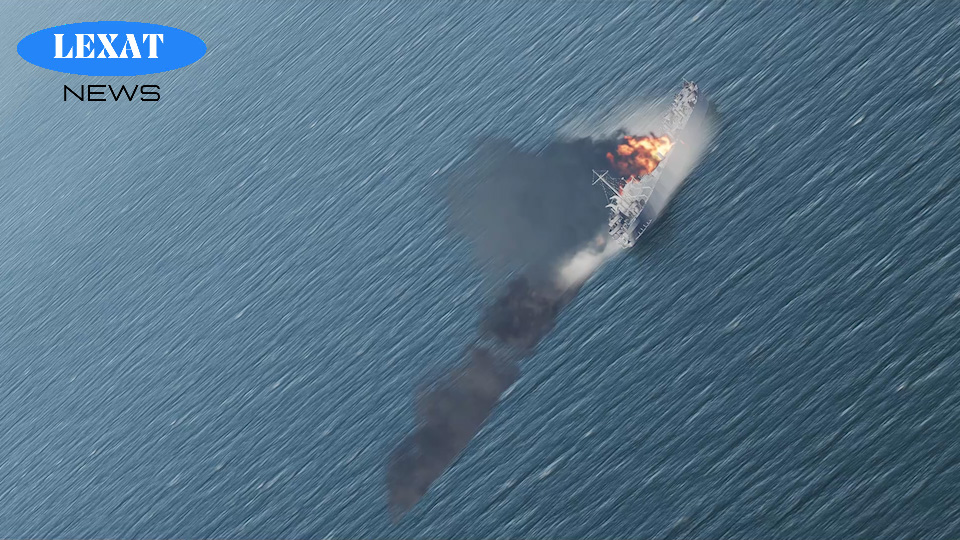
Follow-up attack with rockets
Again, maneuvering the aircraft with a left hand turn, the pipper just dropped below the burning ship, immediately I press the pickle on the rocket release switch and two 21 cm Werfergranate rockets with a 5.5 seconds delay spew smoke as they race towards the stricken ship broadside, to be followed by a huge waterline detonation and a frothy splash that just spewed water up to the canopy as I break off, now facing a new challenge – the Spitfire in the mirror.
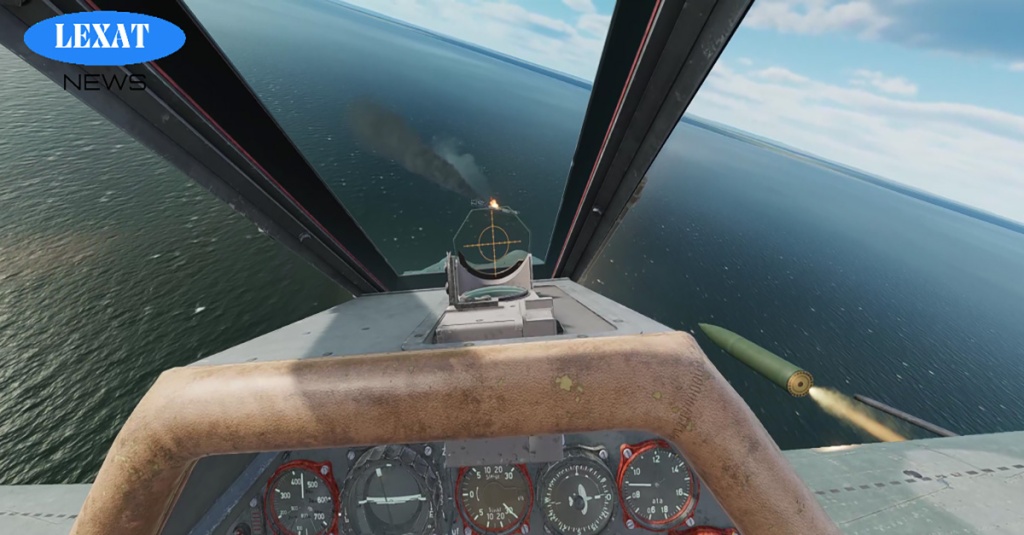
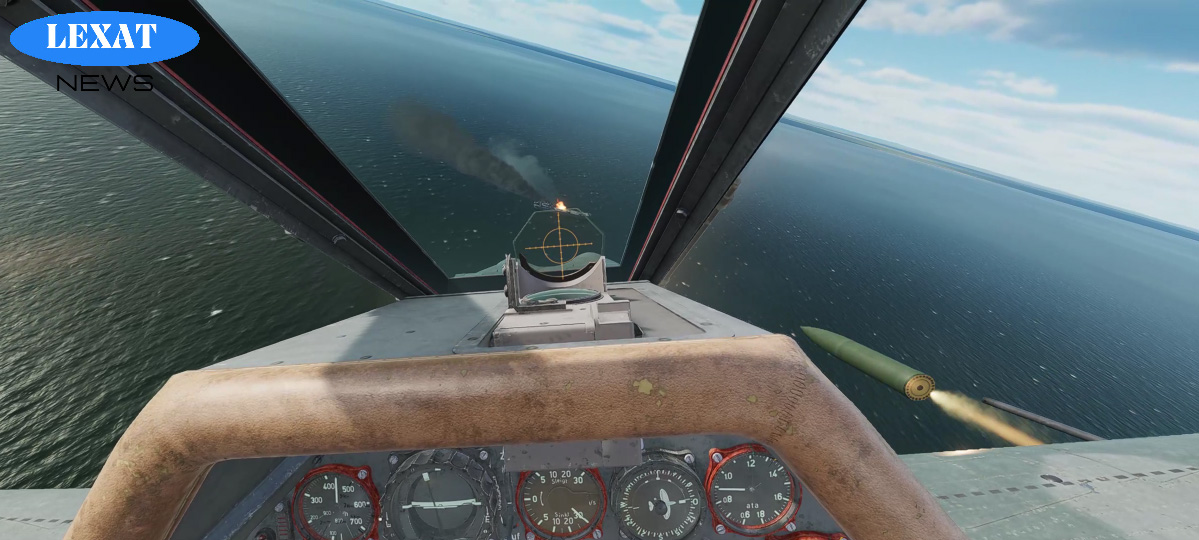

Achtung Spitfire!
I am soon greeted by an enemy Spitfire that just appeared on my six following the rocket attack. I barely had enough time to react after his tracers struck my left wing
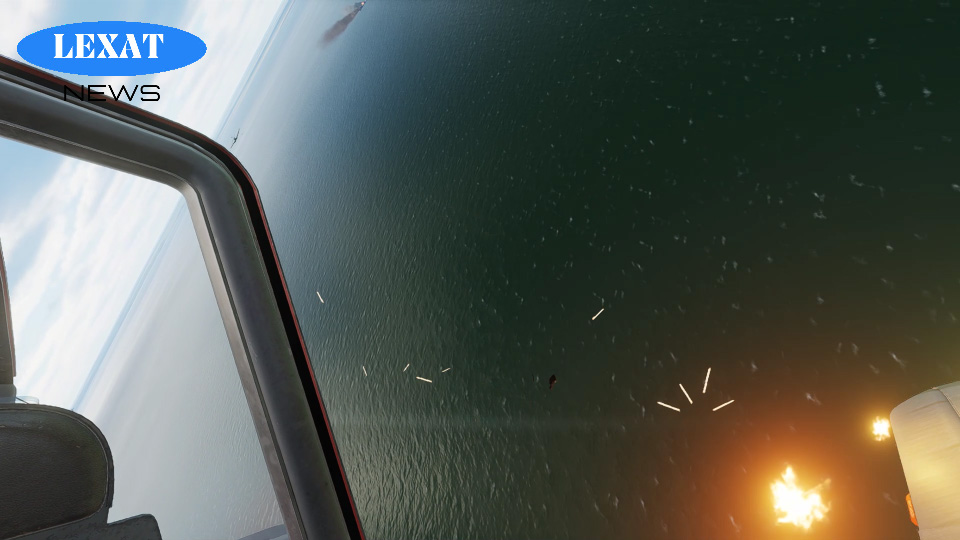
Conclusions
This attack was both a success and a failure. It had demonstrated the agility of the Fw190 and also showed the importance of not becoming too target fixated and also to keep an eye out on the front hemisphere while defending against bandits. After losing the bandit, as evident in the video, the ocean took care of the rest.
